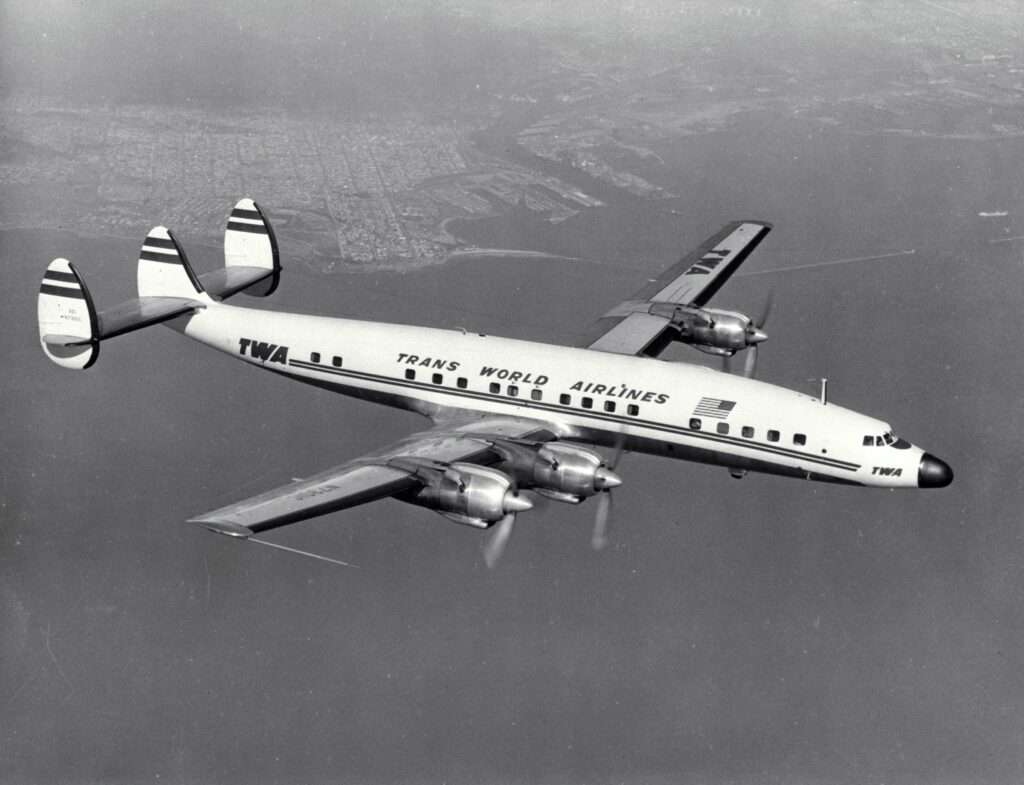On June 26, 1959, a Trans World Airlines (TWA) flight destined for Paris met a tragic end shortly after takeoff from Milan, Italy.
TWA Flight 891, a Lockheed L-1649A Starliner, plummeted to the ground, taking the lives of all 68 passengers and crew on board.
The crash, which remains one of the deadliest aviation accidents in Italian history, sent shockwaves through the aviation industry and sparked investigations into potential causes.
A Doomed Journey: Flight Path and Passengers

Flight 891 originated in Athens, Greece, with a scheduled stop in Rome before reaching its final destination of Orly Airport in Paris.
After a crew change in Rome, the flight continued to Milan’s Malpensa Airport with 59 passengers and a crew of nine.
The passenger list reflected a mix of nationalities, with a significant number of American citizens alongside individuals from Italy, France, the United Kingdom, and several other countries.
Furthermore, the flight took off from Malpensa at approximately 4:20 pm local time.
Shortly after takeoff, witnesses reported seeing the aircraft in distress, encountering what appeared to be lightning strikes before breaking apart and crashing in the vicinity of Olgiate Olona.
Investigating the Cause: Lightning Strike or Mechanical Failure?

The aftermath of the crash presented a grim scene. The aircraft was completely destroyed, with no survivors.
Italian and American investigators immediately launched a comprehensive probe to determine the cause of the disaster.
Two primary theories emerged:
- Lightning Strike: Witness accounts suggesting lightning strikes near the aircraft before the crash became a focal point. Investigators explored the possibility that a direct strike triggered an explosion or caused electrical system failure, leading to the loss of control.
- Mechanical Failure: Another theory centered on potential mechanical issues with the aircraft. Investigators examined the possibility of engine malfunction or structural problems that could have contributed to the crash.
The investigation proved to be complex.
While the presence of a thunderstorm in the area at the time of the crash could not be ruled out, definitive evidence of a direct lightning strike on the aircraft remained elusive.
Scrutiny of the aircraft’s maintenance records also failed to reveal any glaring pre-existing mechanical problems.
A Controversial Conclusion: The Role of Static Discharge on TWA Flight 891

The final report from the Italian Ministry of Defense Board of Inquiry, released in 1962, offered a controversial conclusion.
The report acknowledged the possibility of a lightning strike but placed greater emphasis on the potential role of static discharge.
The report suggested that atmospheric conditions could have caused a buildup of static electricity on the aircraft’s fuselage, leading to a spark that ignited flammable fuel vapors.
This conclusion faced criticism from some American investigators who argued that the evidence for static discharge was insufficient.
The lack of a definitive cause for the crash left a sense of unease within the aviation community.
Legacy of TWA Flight 891: Safety Improvements and Unanswered Questions
Despite the lack of a universally accepted explanation, the tragedy of TWA Flight 891 did have a significant impact on aviation safety.
The accident prompted increased scrutiny of aircraft lightning protection systems and the potential hazards of static discharge.
Airlines and manufacturers implemented improvements in these areas in the years that followed.
However, the unanswered questions surrounding TWA Flight 891 continue to linger.
The families of the victims never received a definitive answer to the question of what caused the crash.
The accident serves as a stark reminder of the dangers of commercial air travel, even in the jet age.
Today, TWA Flight 891 remains a cautionary tale, underscoring the importance of ongoing research and development in aircraft safety.
While significant progress has been made, the pursuit of ever-safer skies continues, forever marked by the memory of this tragic event.

Click the banner to subscribe to our weekly newsleter.

Click the photo to join our WhatsApp channel so then you can stay up to date with everything going on in the aviation industry!









